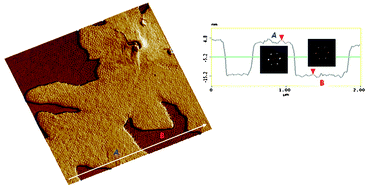Abstract
We utilize the self-assembly of cylinder-forming

* Corresponding authors
a
Polymers Division, National Institute of Standards and Technology, Gaithersburg, MD, USA
E-mail:
sangcheol.kim@nist.gov, jack.douglas@nist.gov
Fax: +1301-975-3928
Tel: +1301-975-8337
b Department of Polymer Engineering, University of Akron, Akron, OH, USA
c Department of Materials Science and Engineering, University of Maryland, College Park, MD, USA
We utilize the self-assembly of cylinder-forming

 Please wait while we load your content...
Something went wrong. Try again?
Please wait while we load your content...
Something went wrong. Try again?
S. Kim, J. F. Douglas, C. L. Soles, A. Karim and R. M. Briber, Soft Matter, 2011, 7, 8969 DOI: 10.1039/C1SM05768E
To request permission to reproduce material from this article, please go to the Copyright Clearance Center request page.
If you are an author contributing to an RSC publication, you do not need to request permission provided correct acknowledgement is given.
If you are the author of this article, you do not need to request permission to reproduce figures and diagrams provided correct acknowledgement is given. If you want to reproduce the whole article in a third-party publication (excluding your thesis/dissertation for which permission is not required) please go to the Copyright Clearance Center request page.
Read more about how to correctly acknowledge RSC content.
 Fetching data from CrossRef.
Fetching data from CrossRef.
This may take some time to load.
Loading related content
